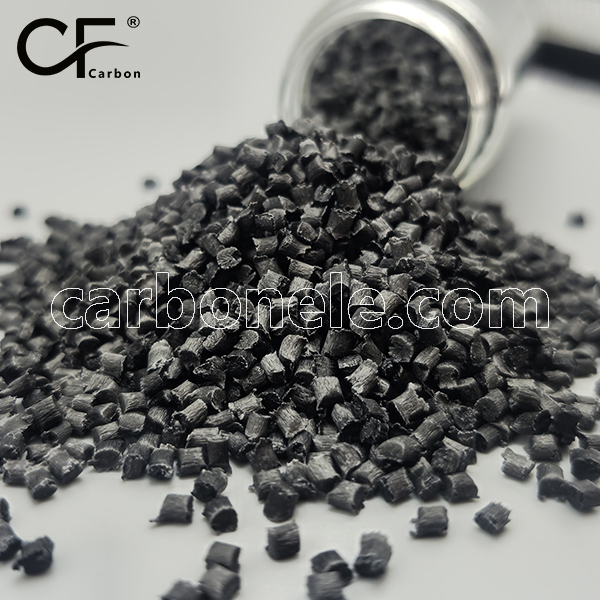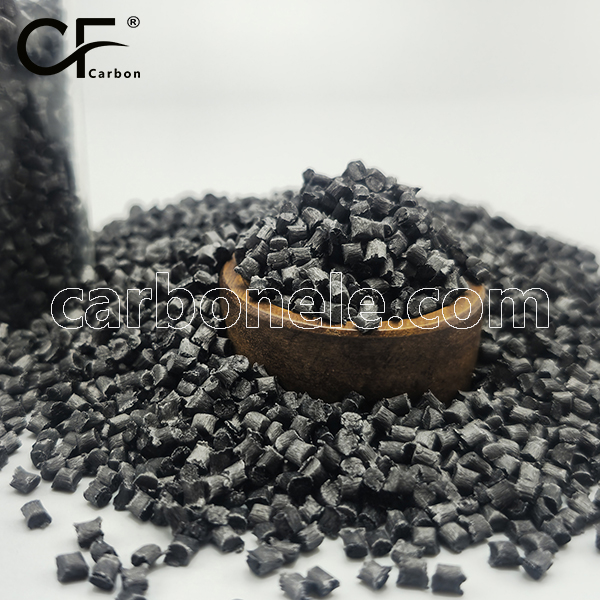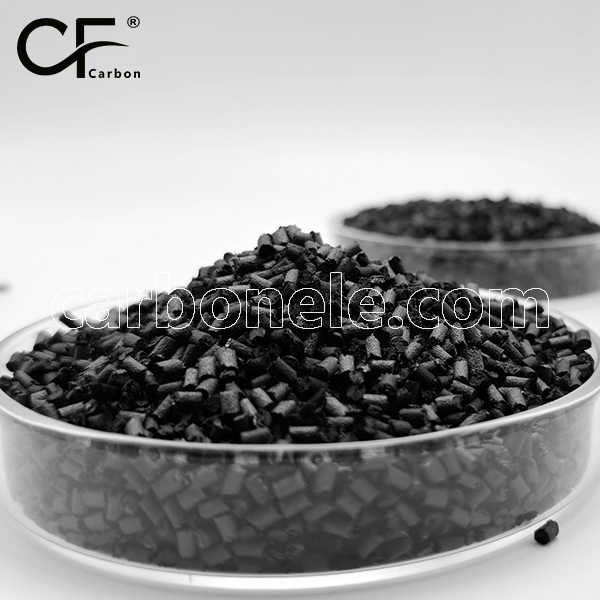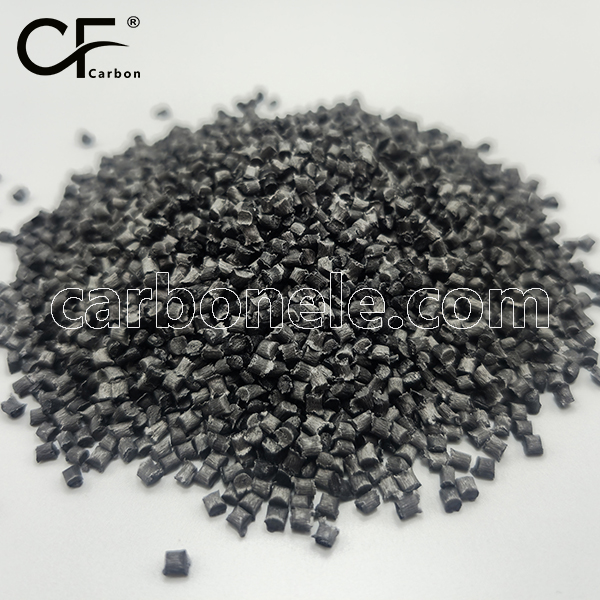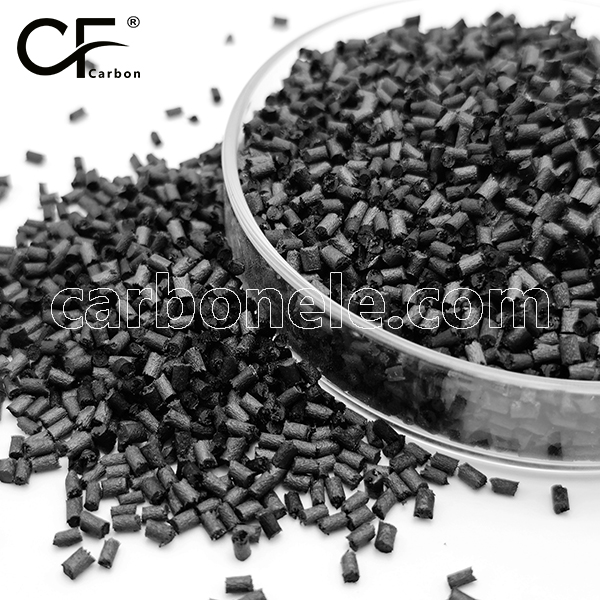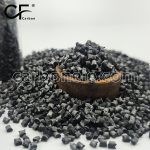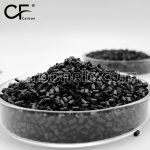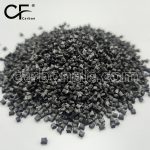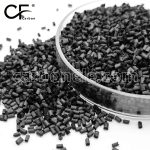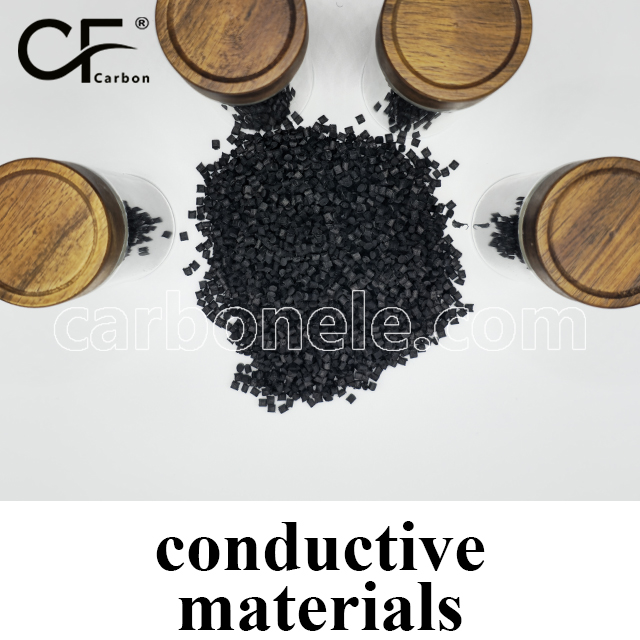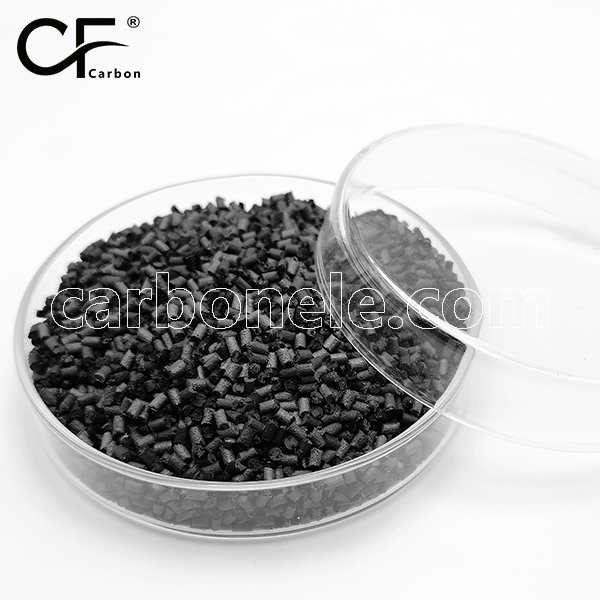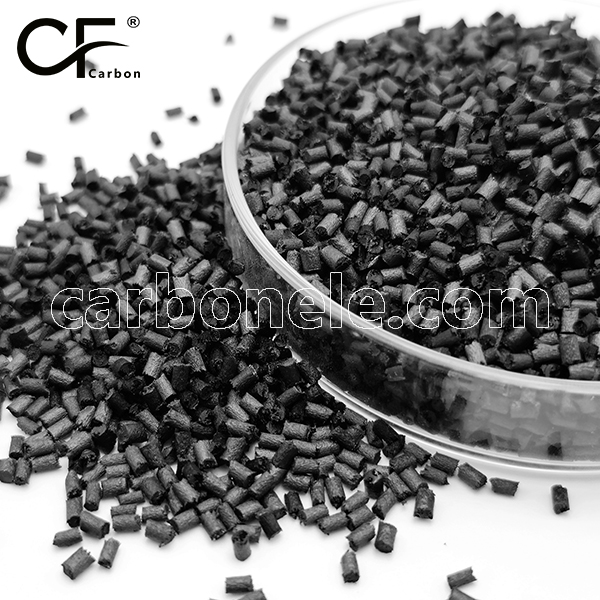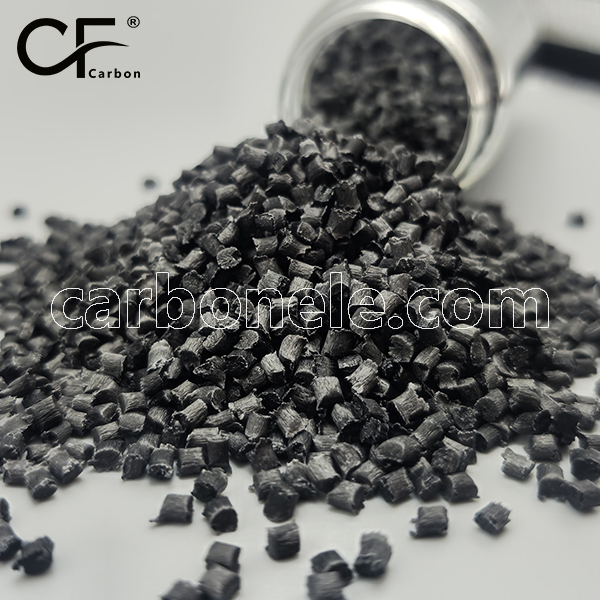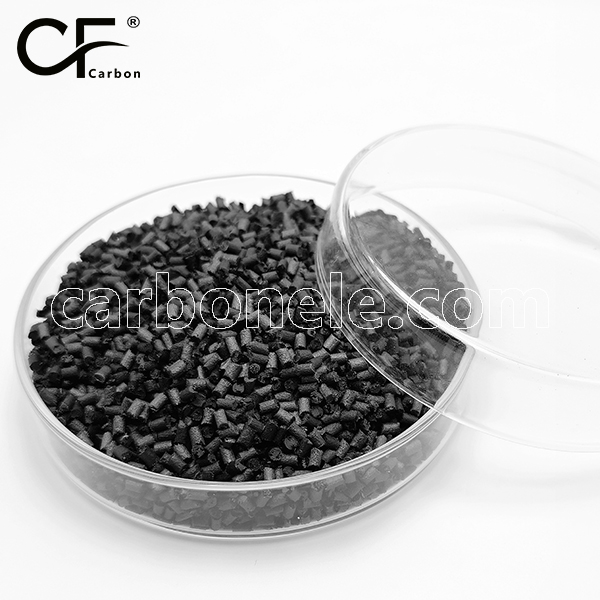
PP-CF10 High-Stiffness – Machinery
PP-CF10 carbon fiber reinforced polypropylene is a high-performance composite material offering exceptional stiffness, lightweight properties, and corrosion resistance. Ideal for industrial machinery, automotive, and outdoor applications
- Model number: PP-CF-BAC1
- Matrix Resin: Polypropylene
- Reinforcing Filler: Carbon fiber(10%)
- Appearance: Granules
- Application: Automotive parts,Drone frames,Robotics components,etc.
- Packaging: 25kgs/bag
PP-CF10 High-Stiffness Composite Material – Specialized for Machinery Industry
Product Overview
PP-CF10 is an advanced engineering thermoplastic composite material composed of polypropylene resin reinforced with 10% carbon fiber. Specifically developed for industrial machinery applications requiring ultra-high stiffness and dimensional stability, this material integrates carbon fibers into the polypropylene matrix. While retaining the processing advantages and corrosion resistance of plastics, it achieves mechanical properties comparable to traditional metal components.
Core Material Characteristics
Outstanding Mechanical Performance
The carbon fiber reinforcement endows PP-CF10 with an exceptional stiffness-to-weight ratio, making it particularly suitable for structural components in heavy machinery. The material demonstrates remarkable load-bearing capacity with minimal deformation under stress, exhibiting approximately 40% higher flexural modulus than standard glass fiber-reinforced polypropylene. This high rigidity remains stable across a broad temperature range, ensuring reliable performance under various operating conditions.
Excellent Dimensional Stability
PP-CF10 features extremely low thermal expansion and outstanding creep resistance, which are crucial for precision mechanical components. The carbon fiber network effectively restricts polymer molecular movement, preventing deformation under sustained loads. This stability ensures tighter tolerances and extended service life for components subjected to continuous mechanical stress.
Superior Wear Resistance
The composite structure of PP-CF10 provides exceptional abrasion resistance, particularly beneficial for moving parts in mechanical systems. The protective network formed by carbon fibers significantly reduces surface wear, substantially extending component lifespan in high-friction applications compared to unreinforced plastics.
Application Focus: Industrial Gear Systems
Challenges in Traditional Gear Manufacturing
Metal gears in heavy machinery face limitations including excessive weight, corrosion susceptibility, and high noise levels, leading to increased energy consumption and maintenance requirements in industrial equipment.
PP-CF10 Gear Solution
This material has successfully replaced various gear components in industrial machinery, demonstrating multiple advantages:
Weight Reduction with Maintained Strength
Compared to steel gears, weight reduction of 50-60% is achieved while meeting or exceeding strength requirements. The significant mass reduction decreases inertial loads throughout the drive system, saving energy and reducing wear on supporting components.
Noise and Vibration Damping
The inherent damping characteristics of PP-CF10 reduce gear operation noise by up to 15 decibels compared to metal gears, improving working environments while decreasing vibration-induced stress on adjacent components.
Corrosion and Chemical Resistance
Unlike metal gears, PP-CF10 components are rust-proof and resistant to various industrial chemicals and lubricants, reducing maintenance frequency in harsh operating conditions.
Self-Lubricating Properties
The composite material exhibits improved friction characteristics, reducing dependence on external lubrication systems in certain applications. This feature is particularly valuable for food processing or cleanroom equipment where lubricant contamination must be minimized.
Technical Advantages for Mechanical Designers
Design Flexibility
PP-CF10 enables complex gear geometries that would be difficult or costly to produce in metal. Its excellent flow characteristics support precision molding of intricate tooth profiles and lightweight structural designs.
Total System Cost Reduction
Beyond material savings, PP-CF10 gears contribute to overall cost reduction through:
Reduced energy consumption due to decreased rotating mass
Extended maintenance intervals
Elimination of secondary finishing processes
Reduced wear on mating components
Quality Assurance and Material Consistency
We implement strict quality control protocols to ensure consistent mechanical properties across all batches of PP-CF10 composite. Each production batch undergoes comprehensive testing to verify:
Uniform fiber dispersion
Compliance with mechanical properties
Dimensional stability
Processing characteristics
If you want to get more other information , you can visit our Youtube and our blog
Comparison of Mechanical Strength:PP vs PP-CF10
PP-CF10 carbon fiber reinforced polypropylene represents a qualitative leap in mechanical performance compared to conventional PP. The incorporation of carbon fibers delivers breakthrough strength enhancement while significantly improving rigidity, with excellent impact resistance fully preserved. This reinforcement elevates PP-CF10 to engineering-grade status, making it the preferred metal replacement solution, particularly suited for industrial applications demanding stringent mechanical strength, structural stiffness, and dimensional precision.
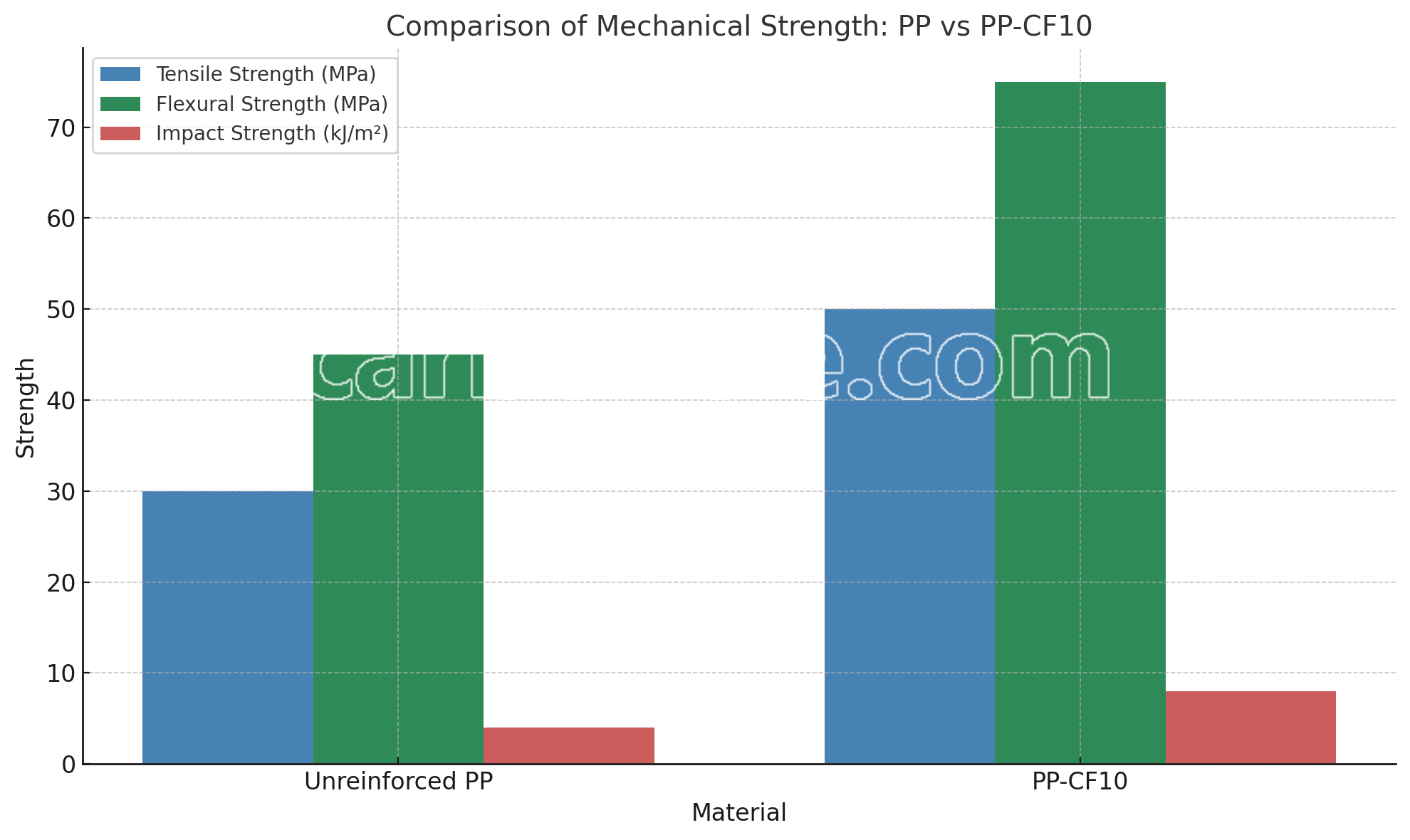
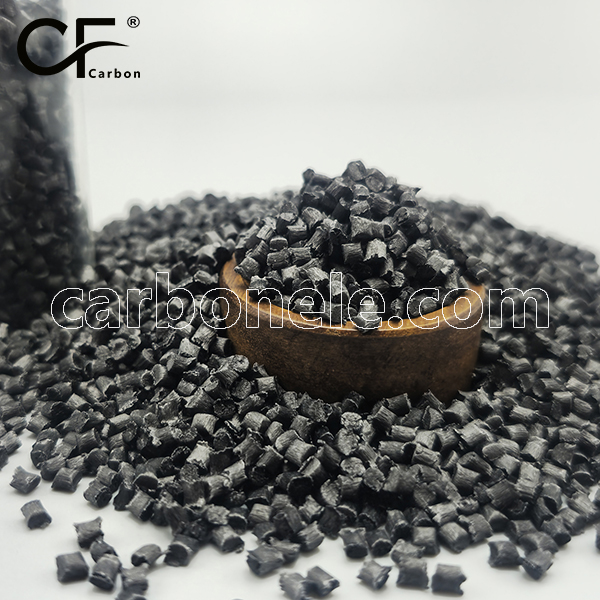

Frequently Asked Questions
Carbon (Xiamen) New Material Co., Ltd. aims to provide buyers with "one-stop" worry-free high-quality services. Here you can find all information about carbon fiber engineering plastics. If you still have questions, please send us an email for consultation!
-
How can I contact the manufacturer of a product that interests me?
When you find a product you are interested in, you can contact the manufacturer directly by sending an email and we will get back to you as soon as possible.
-
How do I find the products that interest me?
All you need to do is enter the keyword, product name in the search window and press the Enter key on your keyboard. Your search results page will then be displayed. You can also search within the product category pages on the home page. Each category is divided into subcategories, allowing you to refine your search and find products that interest you.
-
Where will I find a buying guide?
Please contact our after-sales service directly and we will provide you with a comprehensive operating guide.
-
What are CF Reinforced Thermoplastic Composites?
CF Reinforced Thermoplastic Composites are materials where carbon fibers are incorporated into a thermoplastic matrix. They combine the strength and stiffness of carbon fibers with the processability and recyclability of thermoplastics. For instance, they are used in automotive parts like bumper beams.
-
What are the benefits of CF Reinforced Thermoplastic Composites over traditional composites?
The key benefits include faster production cycles, easier recyclability, and better impact resistance. They also offer design flexibility. An example is in the manufacturing of consumer electronics casings where complex shapes can be achieved more easily.
-
How are CF Reinforced Thermoplastic Composites processed?
Common processing methods include injection molding, extrusion, and compression molding. Injection molding is widely used for mass production. For example, in the production of small components for the medical industry.
-
What industries use CF Reinforced Thermoplastic Composites?
They are utilized in aerospace, automotive, medical, and sports equipment industries. In aerospace, they can be found in interior components. In the medical field, they might be used in prosthetics.
-
How does the carbon fiber content affect the properties of the composites?
Higher carbon fiber content generally leads to increased strength and stiffness but may reduce ductility. A moderate content is often balanced for specific applications. For example, a higher content might be preferred in structural parts of a race car.
-
What are the challenges in using CF Reinforced Thermoplastic Composites?
Challenges include higher material costs, complex processing equipment requirements, and ensuring uniform fiber dispersion. Issues with adhesion between the fibers and the matrix can also arise. An example is in achieving consistent quality in large-scale production.







